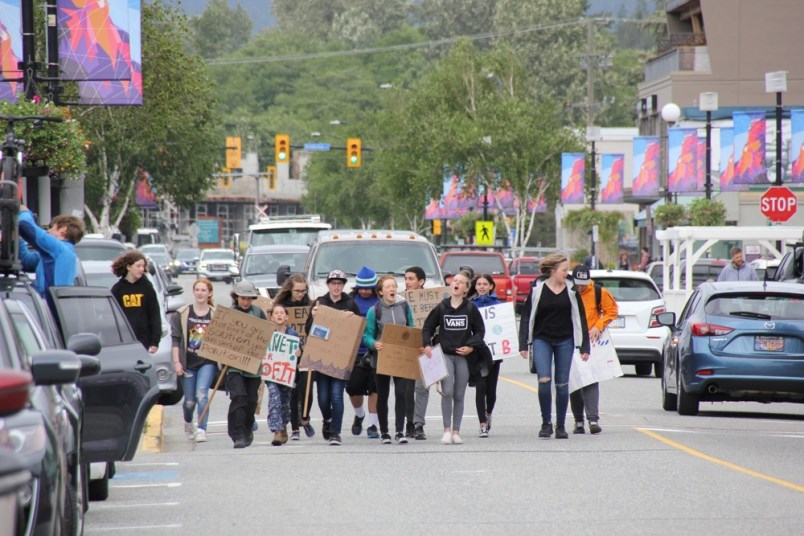The District’s greenhouse gas reduction plan aims to curb emissions within Squamish’s boundaries, but there will be limits on how far it can go.
During a council briefing on Sept. 10, the consultant tasked with developing the plan outlined what it would encompass.
“It is a plan that’s [an] action and greenhouse gas reduction plan — so it’s not an adaptation plan,” said consultant Dan Wilson of the Whistler Centre for Sustainability.
He noted, however, that the plan will be limited in its ability to directly address emissions from sources such as large industry, embodied energy, forestry, ocean activity and commercial, unattended fuelling stations.
Embodied energy refers to greenhouse emissions that may have been expended in creating products brought into Squamish.
These items are outside the scope of the plan, he said.
Large industry could be a project that emits between 25 to 50 per cent of a community’s emissions, Wilson said.
Dealing with forestry emissions would also be outside the scope of the plan, as well as vessels on Howe Sound.
Part of the plan involves creating an inventory of how much emissions are being emitted and tracking them.
For things like very large industry, it can be a challenge to do that, Wilson said.
“It’s sometimes hard to get the emissions from them put in scope of the inventory,” he said.
“Also, if large industry comes in or leaves, they can be 10 to 15 to 20 per cent of the community’s emissions or more than that. And communities don’t have a ton of control over that.”
Coun. Chris Pettingill raised concerns about the items that were considered outside the plan’s reach.
“I’m a little bit challenged by some of the out-of-scope items,” said Pettingill.
“I want to understand all the emissions in the community. There may be some we can do more or less about but we have significant authority over land use.”
Things can still be done to help address items that are outside the scope of the plan, Wilson said.
“Those aren’t in the inventory per se but, certainly, it’s been expressed [to] have some actions that may address some of those additional sources of greenhouse gas emissions, that, really, citizens have control over.”
Mayor Karen Elliott said she hoped the plan could consider equity, as studies have shown the rich have the means to adapt to climate change, but the poor will suffer.
“I think that has to be part of our conversation at the table — is how we bring the whole community with us on this journey, not just [those] that can afford to do it.”
The consultant will begin a community survey for the plan in October, and an eight-person team will later be selected to help out.
If the consultant hits all its deadlines, the final plan will be presented to council in January.



